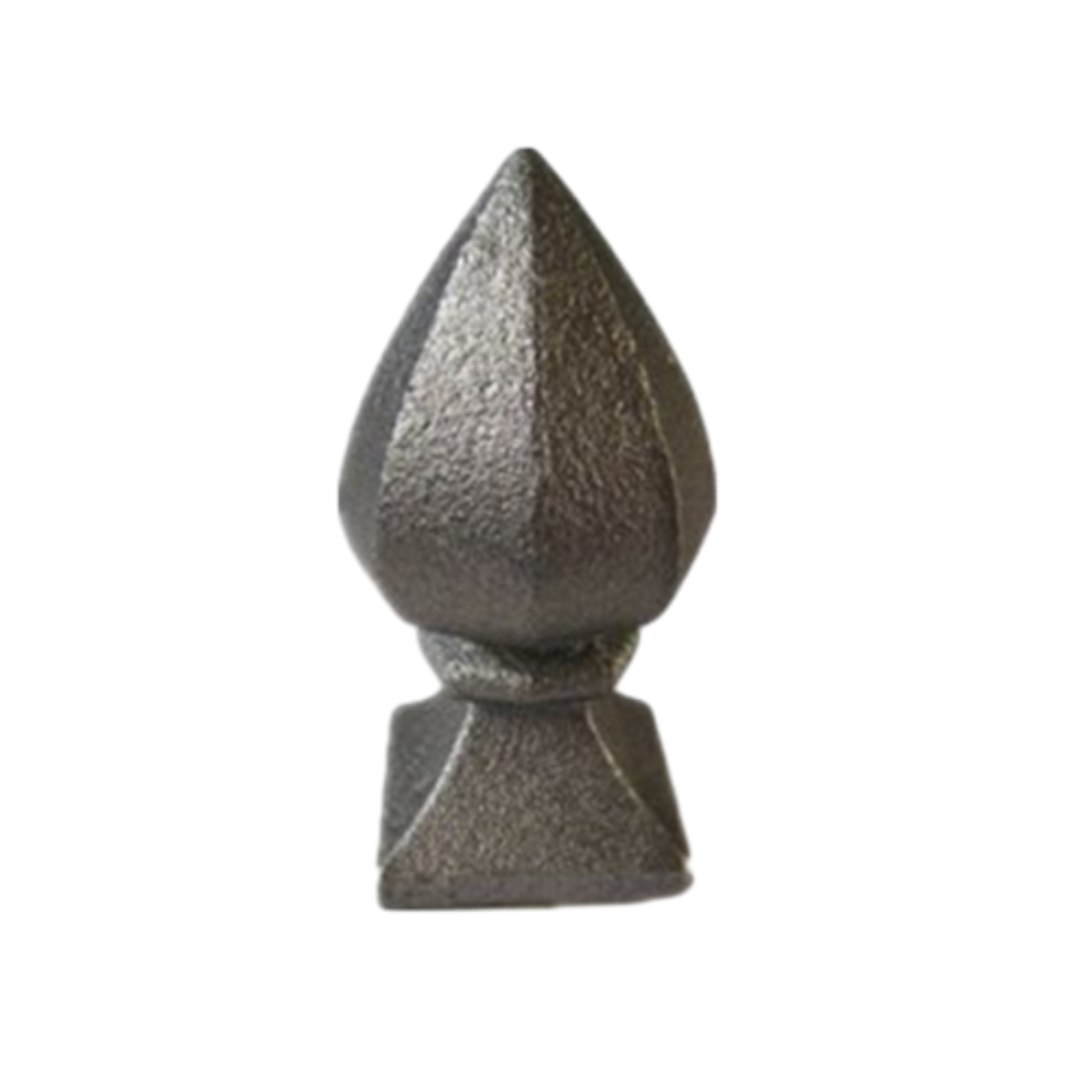Creative Designs in Cast Iron for Ornamental Applications and Garden Decor
The Allure and Charm of Cast Iron Ornamental Designs
Cast iron ornamental designs have long captivated the imagination and admiration of architects, designers, and homeowners alike. Emerging during the 19th century, particularly during the Industrial Revolution, cast iron became a popular material for ornamental purposes due to its versatility, strength, and ability to be molded into intricate designs. From railings to gates, balconies to garden furnishings, cast iron ornamentation has woven itself into the fabric of architectural history, offering a blend of durability and artistic expression.
Historical Context of Cast Iron
The introduction of cast iron as a decorative material can be traced back to its mass production capabilities. Before this era, iron was primarily used for functional items such as tools and hardware. However, advancements in smelting techniques allowed for the production of stronger iron that could be cast and molded into elaborate shapes. This innovative material quickly gained popularity in the construction of bridges, buildings, and decorative features that showcased the wealth and sophistication of their owners.
During the Victorian era, the aesthetic potential of cast iron truly flourished. It was during this time that ornamental motifs—such as floral designs, geometric patterns, and intricate filigree—became widely popular. Buildings adorned with cast iron facades and railings began to dot cityscapes, forever changing the architectural landscape. These ornamental designs not only served as decorative elements but also conveyed a sense of grandeur and elegance.
The Material's Versatility
One of the most remarkable aspects of cast iron is its ability to be molded into various shapes and forms. This versatility has enabled designers to create a wide array of ornamental pieces, each showcasing unique characteristics that cater to diverse tastes and styles. From Gothic revival styles that feature pointed arches and intricate tracery to more modern interpretations that embrace minimalist lines, cast iron can be adapted to fit a multitude of design aesthetics.
cast iron ornamental

Moreover, cast iron's resilience to weathering makes it an ideal material for outdoor applications. Products like garden benches, decorative fences, and both functional and ornamental gates exemplify its suitability for exterior use. As gardens and outdoor spaces have increasingly become extensions of living areas, cast iron’s artistic presence has flourished, transforming these spaces into enchanting retreats.
A Symbol of Sustainability
In an age where sustainability is a growing concern, cast iron has regained attention as an eco-friendly choice. Cast iron is made from recycled materials and can be melted down and repurposed indefinitely without losing its quality. This makes it not only a durable option but also one that aligns with environmentally conscious design principles. Using cast iron for ornamental purposes represents a commitment to sustainability while still embracing historical craftsmanship and artistry.
Preservation and Restoration
Many historic buildings featuring cast iron ornamentation face the challenge of preservation. Over the years, exposure to the elements can cause rust and deterioration. However, with proper restoration techniques, cast iron can be revitalized to its former glory. Preservation efforts often involve cleaning, repainting, and in some cases, even remolding missing pieces, ensuring that the rich history and artistry of these works endure for future generations.
Conclusion
The elegance and intricate design of cast iron ornamental pieces serve as a testament to the skill and creativity of the artisans who shaped them. Whether found in lush gardens, bustling cityscapes, or historic buildings, cast iron has a timeless appeal that continues to resonate. Its ability to blend beauty with functionality, robustness with artistry, makes it a treasured material within both historical and contemporary design contexts. As we move forward in a modern world, the appeal of cast iron ornamental designs remains, reminding us of the intricate balance between craftsmanship, sustainability, and aesthetic beauty.
-
Wrought Iron Components: Timeless Elegance and Structural StrengthNewsJul.28,2025
-
Window Hardware Essentials: Rollers, Handles, and Locking SolutionsNewsJul.28,2025
-
Small Agricultural Processing Machines: Corn Threshers, Cassava Chippers, Grain Peelers & Chaff CuttersNewsJul.28,2025
-
Sliding Rollers: Smooth, Silent, and Built to LastNewsJul.28,2025
-
Cast Iron Stoves: Timeless Heating with Modern EfficiencyNewsJul.28,2025
-
Cast Iron Pipe and Fitting: Durable, Fire-Resistant Solutions for Plumbing and DrainageNewsJul.28,2025
-
 Wrought Iron Components: Timeless Elegance and Structural StrengthJul-28-2025Wrought Iron Components: Timeless Elegance and Structural Strength
Wrought Iron Components: Timeless Elegance and Structural StrengthJul-28-2025Wrought Iron Components: Timeless Elegance and Structural Strength -
 Window Hardware Essentials: Rollers, Handles, and Locking SolutionsJul-28-2025Window Hardware Essentials: Rollers, Handles, and Locking Solutions
Window Hardware Essentials: Rollers, Handles, and Locking SolutionsJul-28-2025Window Hardware Essentials: Rollers, Handles, and Locking Solutions -
 Small Agricultural Processing Machines: Corn Threshers, Cassava Chippers, Grain Peelers & Chaff CuttersJul-28-2025Small Agricultural Processing Machines: Corn Threshers, Cassava Chippers, Grain Peelers & Chaff Cutters
Small Agricultural Processing Machines: Corn Threshers, Cassava Chippers, Grain Peelers & Chaff CuttersJul-28-2025Small Agricultural Processing Machines: Corn Threshers, Cassava Chippers, Grain Peelers & Chaff Cutters












